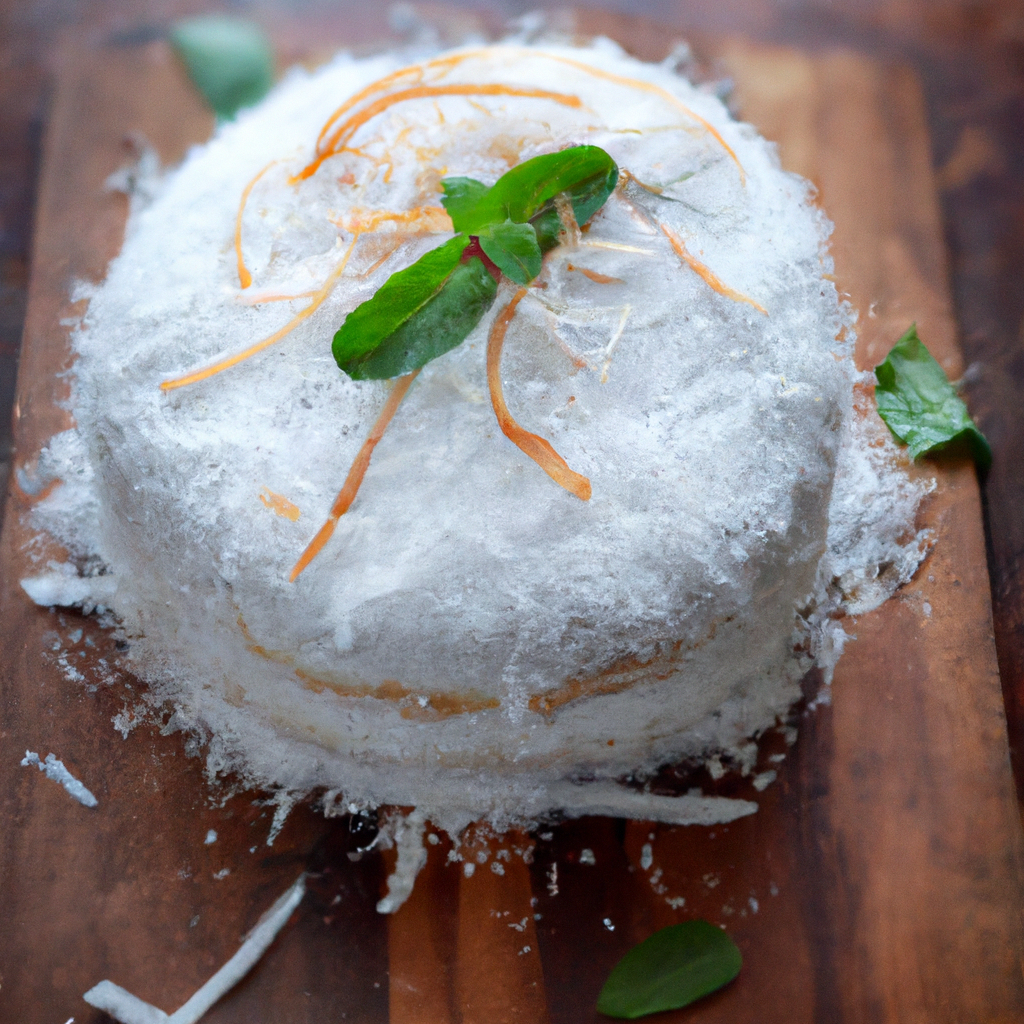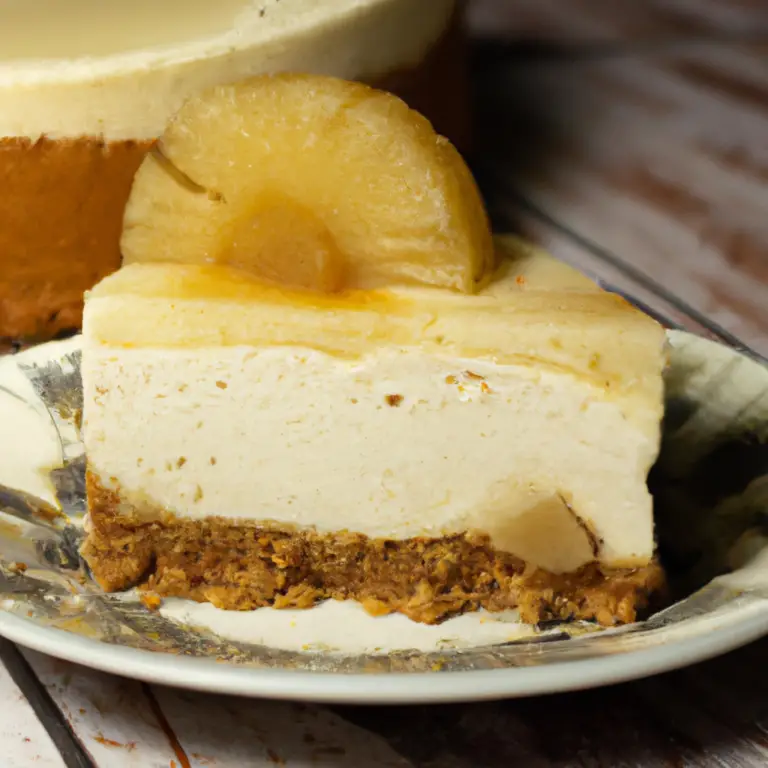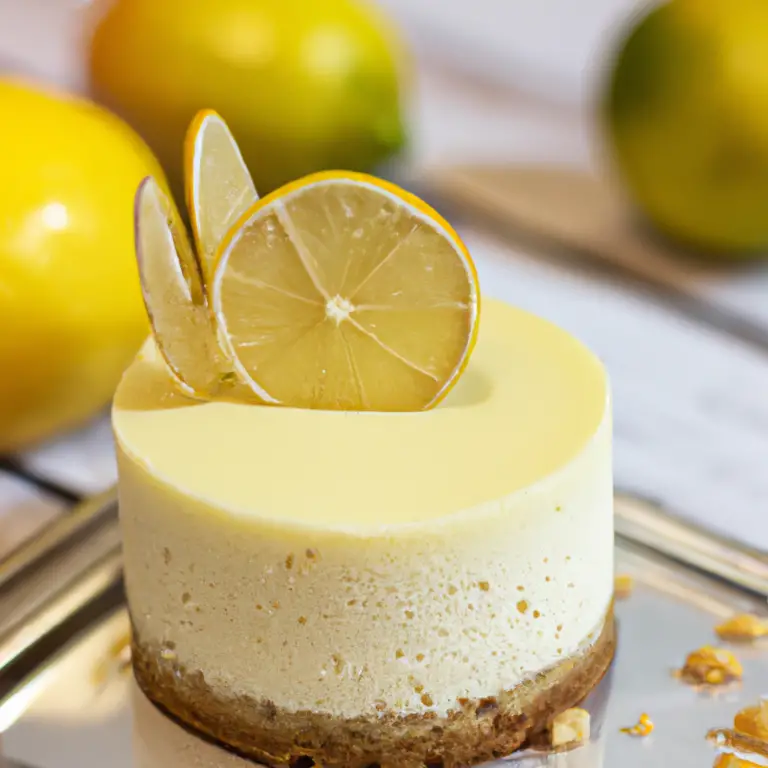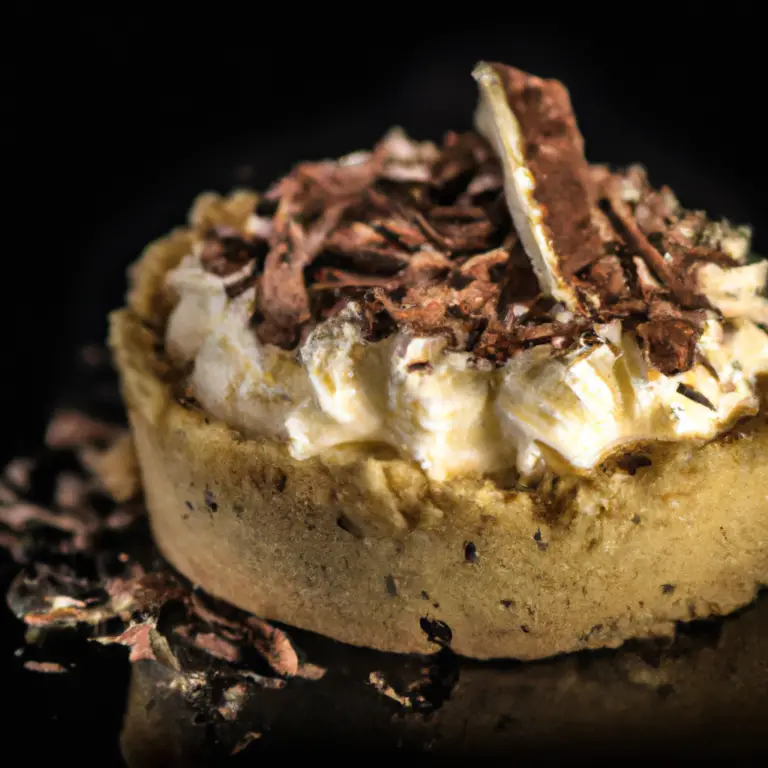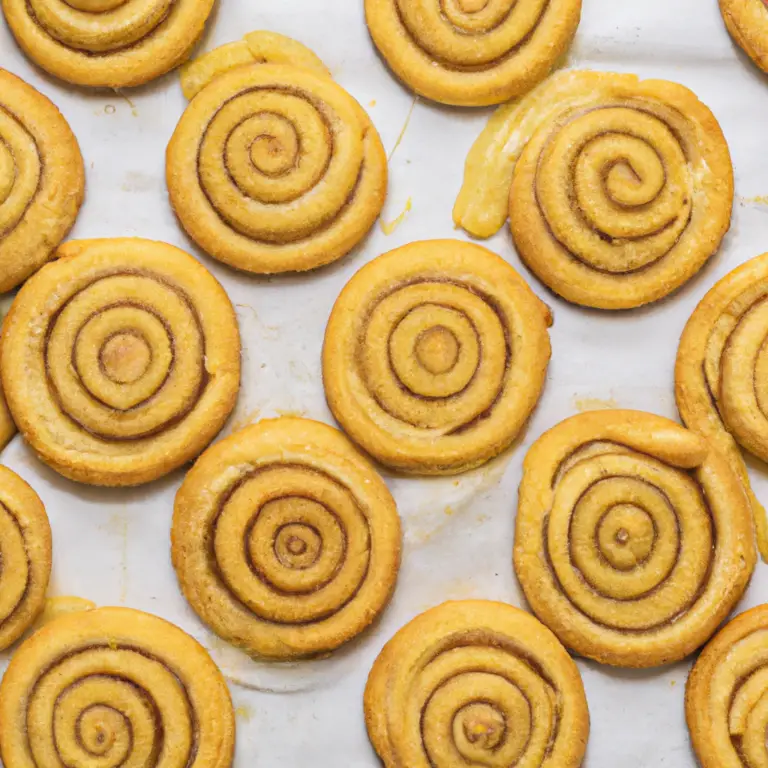Coconut Cake
If you’re in the mood for a moist and tropical dessert, look no further than coconut cake.
This cake truly captures the essence of a sunny beach paradise with its delicious coconut flavor.
Each bite of this tender cake, layered and topped with a creamy coconut frosting, will transport you to a place of pure indulgence.
Whether you’re commemorating a special occasion or simply treating yourself, this irresistible cake is guaranteed to please any crowd.
Get ready to immerse yourself in the ultimate coconut delight!
Origin
To understand the origin of the coconut cake, let’s delve into its rich history and cultural significance.
The coconut cake has a long and fascinating background, rooted in the tropical regions where coconuts naturally thrive. It’s believed that this delectable dessert first emerged in Southeast Asia, where the coconut palm is native.
As the coconut tree spread across the globe, so did the popularity of coconut-based dishes, including the coconut cake. Different cultures put their own unique spin on the recipe, incorporating local ingredients and flavors.
From the Caribbean to India, the coconut cake became a beloved treat enjoyed during special occasions and celebrations. Today, this scrumptious cake continues to be cherished worldwide, symbolizing the tropical paradise and bringing joy to those who indulge in its moist, coconutty goodness.
Ingredients for Coconut Cake
Cake Ingredients:
- 2 1/4 cups (281g) all-purpose flour
- 1 tablespoon (15g) baking powder
- 1/2 teaspoon (2.5g) salt
- 1 cup (240ml) canned coconut milk, well stirred
- 2 teaspoons (10ml) vanilla extract
- 1/2 teaspoon (2.5ml) coconut extract (optional for more coconut flavor)
- 3/4 cup (170g) unsalted butter, room temperature
- 1 1/4 cups (250g) granulated sugar
- 4 large eggs, room temperature
- 1 cup (80g) sweetened shredded coconut
Frosting Ingredients:
- 1 cup (226g) unsalted butter, room temperature
- 4 to 5 cups (480g to 600g) powdered sugar, sifted
- 1/4 cup (60ml) canned coconut milk
- 1 teaspoon (5ml) vanilla extract
- 1/2 teaspoon (2.5ml) coconut extract (optional)
- Pinch of salt
- 1 1/2 cups (120g) sweetened shredded coconut, for garnish
Optional Filling (Coconut Pudding or Cream):
- 1/2 cup (100g) granulated sugar
- 1/4 cup (31g) cornstarch
- 1/4 teaspoon (1.25g) salt
- 2 cups (480ml) canned coconut milk
- 4 large egg yolks
- 1 teaspoon (5ml) vanilla extract
- 1/2 cup (40g) sweetened shredded coconut
Instructions:
For the Cake:
- Preheat your oven to 350°F (175°C). Grease and flour two 9-inch round cake pans, and line them with parchment paper.
- In a medium bowl, whisk together the flour, baking powder, and salt. Set aside.
- Combine the coconut milk, vanilla extract, and coconut extract (if using) in a measuring cup.
- In a large bowl, cream the butter and sugar until light and fluffy. Beat in the eggs one at a time.
- Alternately add the dry ingredients and the coconut milk mixture to the creamed mixture, starting and ending with the dry ingredients.
- Stir in the sweetened shredded coconut.
- Divide the batter evenly between the prepared pans and smooth the tops.
- Bake for 25-30 minutes or until a toothpick inserted into the center comes out clean.
- Cool the cakes in the pans for 10 minutes, then turn out onto wire racks to cool completely.
For the Frosting:
- Beat the butter until creamy. Gradually add in 4 cups of powdered sugar, the coconut milk, vanilla extract, coconut extract (if using), and a pinch of salt. Beat until smooth. If the frosting is too thin, add more powdered sugar; if too thick, add more coconut milk.
For the Coconut Pudding/Cream (optional):
- Mix sugar, cornstarch, and salt in a medium saucepan. Gradually whisk in the coconut milk and egg yolks.
- Cook over medium heat, stirring constantly until the mixture thickens and boils. Boil and stir for 1 minute.
- Remove from heat and stir in vanilla extract and shredded coconut. Cool to room temperature before using as a filling.
Assembly:
- If you made the coconut pudding/cream, spread it between the cooled cake layers.
- Frost the top and sides of the cake with the buttercream frosting.
- Press the remaining shredded coconut onto the frosted cake to cover it completely.
Tips for Cooking
As you continue to prepare your delicious coconut cake, there are some helpful tips to keep in mind for a successful cooking experience. Here are three essential tips that will ensure your coconut cake turns out perfectly:
| Tip | Description | Emotional Response |
|---|---|---|
| 1 | Use fresh ingredients | Excitement and anticipation for a flavorful cake |
| 2 | Measure accurately | Confidence and assurance in the outcome |
| 3 | Follow the recipe instructions | Trust and reassurance that the cake will be a success |
Using fresh ingredients will infuse your coconut cake with vibrant flavors that will tantalize your taste buds. Accurate measurements guarantee the right balance of ingredients, resulting in a moist and fluffy cake. Following the recipe instructions meticulously gives you the confidence that your cake will turn out just as you envisioned. With these tips in mind, you are now equipped to embark on your coconut cake baking adventure with ease and confidence. Enjoy!
Final Thoughts
For a satisfying end to your coconut cake journey, keep in mind these key points.
First, make sure your cake is completely cool before frosting to prevent the frosting from melting and becoming runny.
Secondly, use real coconut milk for a rich and authentic flavor when making the coconut frosting.
Additionally, to enhance the coconut flavor in the cake itself, you can add shredded coconut to the batter or sprinkle it on top of the frosting as a garnish.
Lastly, store your coconut cake properly by covering it tightly and keeping it in the refrigerator to maintain its freshness.
Frequently Asked Questions
Can I Substitute Coconut Milk With Regular Milk in the Coconut Cake Recipe?
Yes, it is possible to substitute regular milk for coconut milk in the coconut cake recipe. Keep in mind that the cake may have a slightly different taste and texture without the coconut flavor.
How Long Can I Store a Coconut Cake Before It Goes Bad?
Coconut cake can be safely stored for up to five days before it spoils. It is recommended, though, to enjoy it within the first two to three days to ensure the best flavor and freshness.
Can I Use Desiccated Coconut Instead of Shredded Coconut in the Cake Batter?
Yes, you can definitely substitute desiccated coconut for shredded coconut in the cake batter. The desiccated coconut will add a unique texture to the cake, but it will still be delicious.
Is It Possible to Make a Vegan Version of Coconut Cake?
Yes, it is possible to create a vegan adaptation of coconut cake. You can easily replace traditional ingredients such as cow’s milk, regular butter, and eggs with plant-based alternatives like almond or soy milk, vegan margarine or coconut oil, and flaxseed or chia seed eggs. By making these simple substitutions, you can enjoy a delectable and compassionate coconut cake.
Are There Any Variations of Coconut Cake That Incorporate Other Flavors Like Chocolate or Pineapple?
Yes, variations of coconut cake can incorporate other flavors such as chocolate or pineapple. One option is to add chocolate chips to the batter or to layer pineapple slices between the cake layers.
